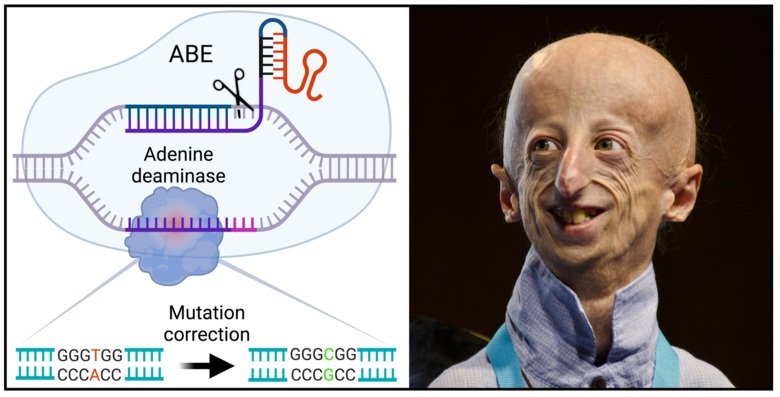Development, Regeneration and Ageing (DevRegAge)
DevRegAge research explores the molecular and cellular mechanisms of ageing, tissue repair, and regeneration, focusing on damage accumulation and molecular heterogeneity to advance biomedical understanding and therapeutic strategies.

The emerging field in biomedicine is related to ageing and cellular senescence that may play an important role in tissue repair and regeneration. Ageing at the molecular and cellular levels is characterized by the occurrence and accumulation of damages in DNA, RNA, proteins, and other macromolecules. Increased molecular heterogeneity is the fundamental basis for the cellular and physiological changes that happen during ageing.

The field pioneer at Karolinska Institutet is Prof. Maria Eriksson that together with her research team tries to understand the genetic mechanisms that contribute to the age-related decline of tissues and the development of age-associated diseases. They use modern genomic technologies to identify genetic variations, and conditional in vivo models to dissect the functional significance of the variants discovered. For more details follow their recent paper on Brief expression of gene editing tools helped with progeria in mice
